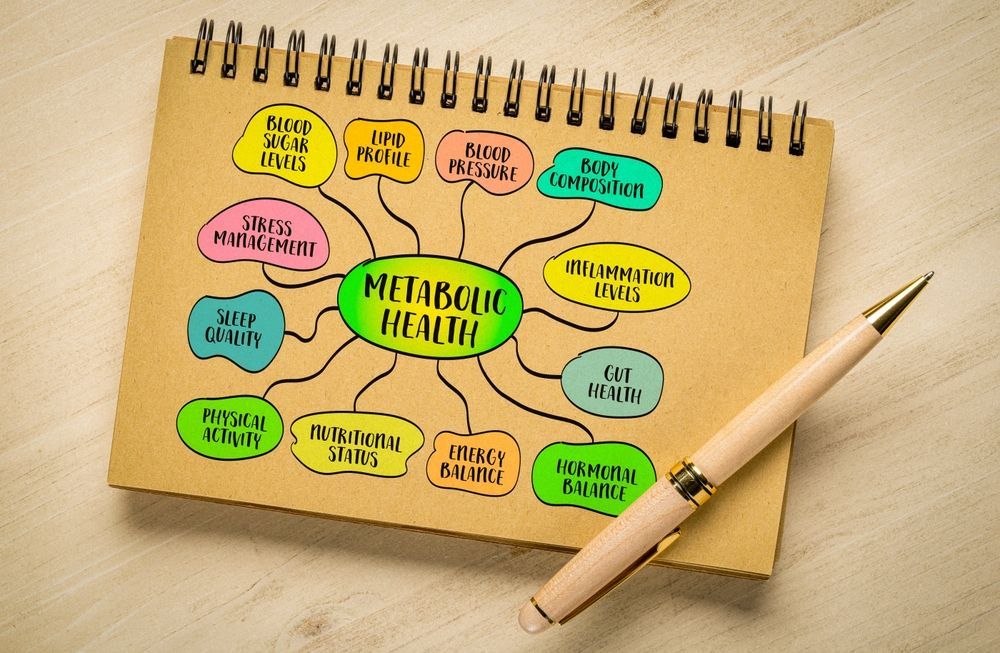IV Therapy for Athletes: Speeding Up Recovery

In the world of sports, athletes are constantly seeking ways to optimize their performance and enhance recovery. One approach that has gained popularity in recent years is intravenous (IV) therapy. This treatment method, which delivers fluids, vitamins, and minerals directly into the bloodstream, promises a variety of benefits tailored to the unique needs of athletes. This article delves into the intricacies of IV therapy, its significance in sports, and the precautions athletes should consider when opting for this recovery method.
Understanding IV Therapy
The Science Behind IV Therapy
IV therapy is a medical treatment that involves administering fluids, electrolytes, vitamins, and other essential substances directly into a patient’s bloodstream. By bypassing the digestive system, this method allows for faster absorption and immediate effects, which can be crucial for athletes in need of rapid recovery.
When athletes engage in intense training or competition, their bodies lose essential nutrients and hydration. IV therapy seeks to replenish these vital resources swiftly, thus supporting physical performance and recovery through a scientifically-backed approach. This method has gained popularity not only among professional athletes but also among fitness enthusiasts who seek to enhance their performance and expedite recovery times. The ability to deliver nutrients directly into the bloodstream means that athletes can often feel the effects almost immediately, which is particularly beneficial after strenuous workouts or competitions.
Components of IV Therapy
IV therapy typically consists of several key components, tailored to the specific needs of the athlete. These may include:
- Fluids: Usually saline or dextrose, these are used to rehydrate the body.
- Vitamins: Commonly included are B vitamins for energy and vitamin C for immune support.
- Minerals: Electrolytes such as magnesium, potassium, and calcium help maintain proper muscle function.
- Amino Acids: Essential for muscle repair and recovery.
Each component plays a specific role in helping athletes recover more effectively from exertion. For instance, the inclusion of amino acids is particularly important as they serve as the building blocks of protein, which is vital for muscle repair after intense workouts. Additionally, the hydration aspect cannot be overlooked; even mild dehydration can significantly impair physical performance, making the rapid rehydration provided by IV therapy a game-changer for many athletes.
Furthermore, customized IV therapy cocktails can be designed to address specific needs, such as enhancing endurance, reducing fatigue, or even boosting cognitive function, thereby catering to the diverse requirements of different sports and individual training regimens.
The Role of IV Therapy in Sports
Enhancing Athletic Performance
IV therapy is not only beneficial for recovery, but it can also enhance overall athletic performance. By ensuring optimal hydration and nutrient levels, athletes can perform at their best. Proper hydration is critical for maintaining energy levels, preventing fatigue, and ensuring muscle function.
Studies suggest that athletes who receive IV therapy before competitions may experience improved endurance and reduced cramping, leading to better performance outcomes during intense physical activity.
Promoting Faster Recovery
One of the most significant benefits of IV therapy lies in its ability to promote faster recovery after strenuous activities. Through its rapid delivery system, athletes can effectively reduce muscle soreness and inflammation, allowing them to return to training sooner.
Moreover, replenishing lost fluids and nutrients quickly can help mitigate the effects of overtraining and fatigue, making it an integral part of any athlete's recovery strategy.
Benefits of IV Therapy for Athletes
Hydration and Nutrient Delivery
Proper hydration is key for athletes, and IV therapy provides an efficient method for achieving optimal hydration levels. By delivering fluids directly into the bloodstream, athletes can quickly rectify dehydration caused by heavy sweating during workouts or competitions.
Additionally, IV therapy ensures that essential nutrients are delivered effectively. This prompt delivery helps in maintaining energy levels and supporting the body's metabolic functions, which are vital for peak athletic performance.
Immune System Support
Maintaining a robust immune system is crucial for athletes, particularly during heavy training periods or competitive seasons. IV therapy can provide a boost to the immune system by supplying a concentrated dose of vitamins and minerals.
Vitamin C, for instance, is renowned for its immune-boosting properties. By using IV therapy to enhance vitamin levels, athletes can potentially reduce the risk of illness, allowing them to stay focused on their training and performance goals.
The Process of IV Therapy for Athletes
Pre-Treatment Assessment
Before undergoing IV therapy, athletes typically undergo a thorough pre-treatment assessment. This includes a review of their medical history, current health status, and specific athletic demands. Professional supervision is essential to ensure the therapy is tailored to the individual's needs.
Consultation with a healthcare provider ensures that the selected components of the IV drip are beneficial and safe for the athlete.
During the Therapy
The actual process of receiving IV therapy is straightforward. Athletes are usually seated comfortably, and a healthcare professional inserts an IV line into a vein, typically in the arm. The infusion itself can last anywhere from 30 minutes to a few hours, during which the athlete remains relaxed.
Monitoring throughout the procedure helps ensure that the athlete is responding well to the treatment, allowing for adjustments if needed.
Post-Therapy Care
After the IV therapy session, athletes may experience an immediate feeling of rejuvenation. However, it's important to follow post-therapy care guidelines. This can include drinking additional water, resting, and avoiding strenuous activity for a few hours post-treatment.
Engaging in proper post-therapy practices can help maximize the benefits and ensure a smooth recovery process.
Safety and Risks of IV Therapy in Sports
Potential Side Effects
While IV therapy is generally safe when performed by qualified professionals, there are potential side effects that athletes should be aware of. Common reactions can include:
- Injection site irritation or swelling
- Allergic reactions to components
- Headaches or dizziness in rare cases
Being informed about these risks can help athletes make educated choices about their recovery methods.
Who Should Avoid IV Therapy?
Not every athlete is a suitable candidate for IV therapy. Individuals with certain medical conditions, such as heart problems or severe kidney disease, should consult with a healthcare provider before considering this option. It is crucial to tailor treatment to the individual, ensuring both safety and efficacy.
In conclusion, while IV therapy offers myriad benefits for athletes, it's essential to approach it with caution and informed understanding. With the right application, it can be a valuable tool in enhancing performance and expediting recovery.










